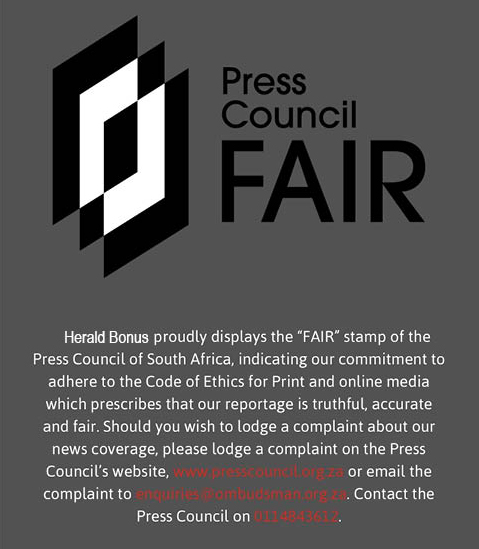BRITS POS – BRITS - Energy expert Anton Eberhard said Eskom would not have made a profit if it had not got a R64 billion bailout from the government.
Eberhard was commenting on a press statement from Eskom, where the power utility credited its turnaround strategy for its return to profitability.
Eskom reported a profit before tax of R23.9 billion, marking the first time it has shown a profit since 2017. Last year, it suffered a loss of R25.5 billion.
The power utility credited a larger EBITDA margin of 29.05%, a 12.74% tariff increase, and a 14% reduction in primary energy costs. (EBITDA margin is a profitability ratio calculated by dividing a company’s earnings before interest, taxes, depreciation, and amortization (EBITDA) by its total revenue. It measures operational efficiency and profitability as a percentage, showing how effectively a company converts revenue into earnings from its core business operations. A higher EBITDA margin indicates greater efficiency, while a lower margin may suggest higher operating costs or less effective management)
It said these were driven by improved coal plant reliability and reduced reliance on expensive Open-Cycle Gas Turbines (OCGT), resulting in year-on-year diesel savings of R16.3 billion.
“Following years of constrained performance, we are beginning to see the tangible benefits of our recovery strategies,” said Eskom CFO Calib Cassim.
He stated that there were marked improvements across key financial metrics, driven by the operational turnaround.
Many people saw the return to profitability and claims of improved finances as signs that Eskom has done something exceptional.
However, delving deeper into the finances revealed that Eskom continues to struggle with numerous problems, including financial constraints and inadequate reporting.
The first problem is that Eskom received a qualified external audit opinion for the 2025 financial year due to incomplete or inaccurately maintained records.
These records did not comply with legislative requirements relating to irregular expenditure and losses due to criminal conduct.
Issues raised in the prior year’s audit qualification were not adequately addressed and continued into 2025. Several internal control deficiencies were also highlighted.
Furthermore, there is material uncertainty regarding Eskom’s going concern status, driven by dependence on government support.
There are also uncertainties related to operational assumptions and regulated revenue by the National Energy Regulator of South Africa, as well as growing municipal arrear debt and energy losses.
Eskom made a loss without its government bailout
Professor Anton Eberhard
Eberhard highlighted that while Eskom is spinning its latest financial results as a triumph, there is more to its finances.
Eberhard is an energy policy and investment specialist and a professor at the Power Futures Lab at the University of Cape Town.
He is highly regarded in the South African energy market and has deep insight into all aspects of the energy sector, including Eskom’s finances.
He said that Eskom would not have made a profit, before or after tax, without taxpayer support. Half of the R64 billion bailout went into interest payments, which the power utility did not have money for.
A further bailout of R80 billion is planned for next year, which forms part of a R240 billion debt relief package from the National Treasury.
This means that Eskom is receiving billions in taxpayer money to help it make ends meet due to its dismal financial performance.
“From 2008 to next year, Eskom will have received a total of nearly half a trillion rand of support from the government,” Eberhard said.
“It continues to drain the fiscus when that money should be going to much more deserving social infrastructure and services.”
̴ MY BROADBAND









